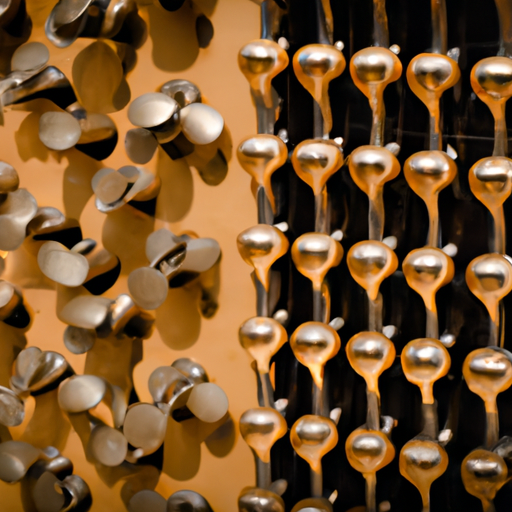An oscillator is a circuit that can generate periodic signals and is widely used in communications, computers, instrumentation , and other fields. In the production process of oscillators, the production process is crucial, which directly affects the performance and stability of the oscillator. Below we will introduce the common production processes of oscillators.

2. Component selection The components in the oscillator include capacitors, inductors, transistors, etc. When producing the oscillator, it is necessary to select appropriate components for assembly. The selection of components needs to take into account factors such as the oscillator's frequency range, power consumption, stability, etc. to ensure that the oscillator's performance meets the requirements.
3. PCB design The PCB design of the oscillator is a key link in the production of the oscillator. The PCB design needs to take into account factors such as the layout of the oscillator, the signal transmission path, the layout of the ground wire and the power line to ensure the performance and stability of the oscillator. During the PCB design process, CAD software needs to be used for design and strict electromagnetic compatibility testing needs to be carried out.
4. Assembly of components During the production process of the oscillator, the selected components need to be assembled. The assembly process includes steps such as welding, fixing, and connecting components. During the assembly process, it is necessary to ensure that the components are positioned accurately and welded firmly to ensure the performance and stability of the oscillator.
5. Debugging and testing After the oscillator is produced, it needs to be debugged and tested. Debugging and testing include testing of the oscillator's frequency, phase, power consumption and other parameters to ensure that the oscillator's performance meets the requirements. During the debugging and testing process, professional testing equipment and instruments are required for strict testing and verification.
In general, the production process of oscillators includes design, component selection, PCB design, component assembly, debugging and testing. These links are interrelated and jointly affect the performance and stability of the oscillator. Only by strictly following the production process can we produce oscillator products with excellent performance, stability and reliability.
An oscillator is a circuit that can generate periodic signals and is widely used in communications, computers, instrumentation , and other fields. In the production process of oscillators, the production process is crucial, which directly affects the performance and stability of the oscillator. Below we will introduce the common production processes of oscillators.

2. Component selection The components in the oscillator include capacitors, inductors, transistors, etc. When producing the oscillator, it is necessary to select appropriate components for assembly. The selection of components needs to take into account factors such as the oscillator's frequency range, power consumption, stability, etc. to ensure that the oscillator's performance meets the requirements.
3. PCB design The PCB design of the oscillator is a key link in the production of the oscillator. The PCB design needs to take into account factors such as the layout of the oscillator, the signal transmission path, the layout of the ground wire and the power line to ensure the performance and stability of the oscillator. During the PCB design process, CAD software needs to be used for design and strict electromagnetic compatibility testing needs to be carried out.
4. Assembly of components During the production process of the oscillator, the selected components need to be assembled. The assembly process includes steps such as welding, fixing, and connecting components. During the assembly process, it is necessary to ensure that the components are positioned accurately and welded firmly to ensure the performance and stability of the oscillator.
5. Debugging and testing After the oscillator is produced, it needs to be debugged and tested. Debugging and testing include testing of the oscillator's frequency, phase, power consumption and other parameters to ensure that the oscillator's performance meets the requirements. During the debugging and testing process, professional testing equipment and instruments are required for strict testing and verification.
In general, the production process of oscillators includes design, component selection, PCB design, component assembly, debugging and testing. These links are interrelated and jointly affect the performance and stability of the oscillator. Only by strictly following the production process can we produce oscillator products with excellent performance, stability and reliability.